2025 Beijing’s Most Stunning UNESCO Sites Tour
Why Visit Beijing UNESCO Sites
Beijing is one of the world’s most historically rich capitals, home to more UNESCO World Heritage Sites than any other city. These cultural treasures include imperial palaces, gardens, temples, tombs, waterways, and even prehistoric human remains. Exploring the Beijing UNESCO sites allows travelers to walk in the footsteps of emperors, admire masterpieces of architecture, and connect with the deep traditions that have shaped Chinese civilization.
This travel guide introduces all the UNESCO heritage locations in Beijing and provides a practical 4–5 day itinerary with routes, ticketing tips, transportation advice, and cultural experiences. Whether you are a first-time visitor or a seasoned traveler, this itinerary will help you make the most of your Beijing UNESCO journey.
Beijing UNESCO Sites: Complete Overview
-
The Forbidden City (Palace Museum)
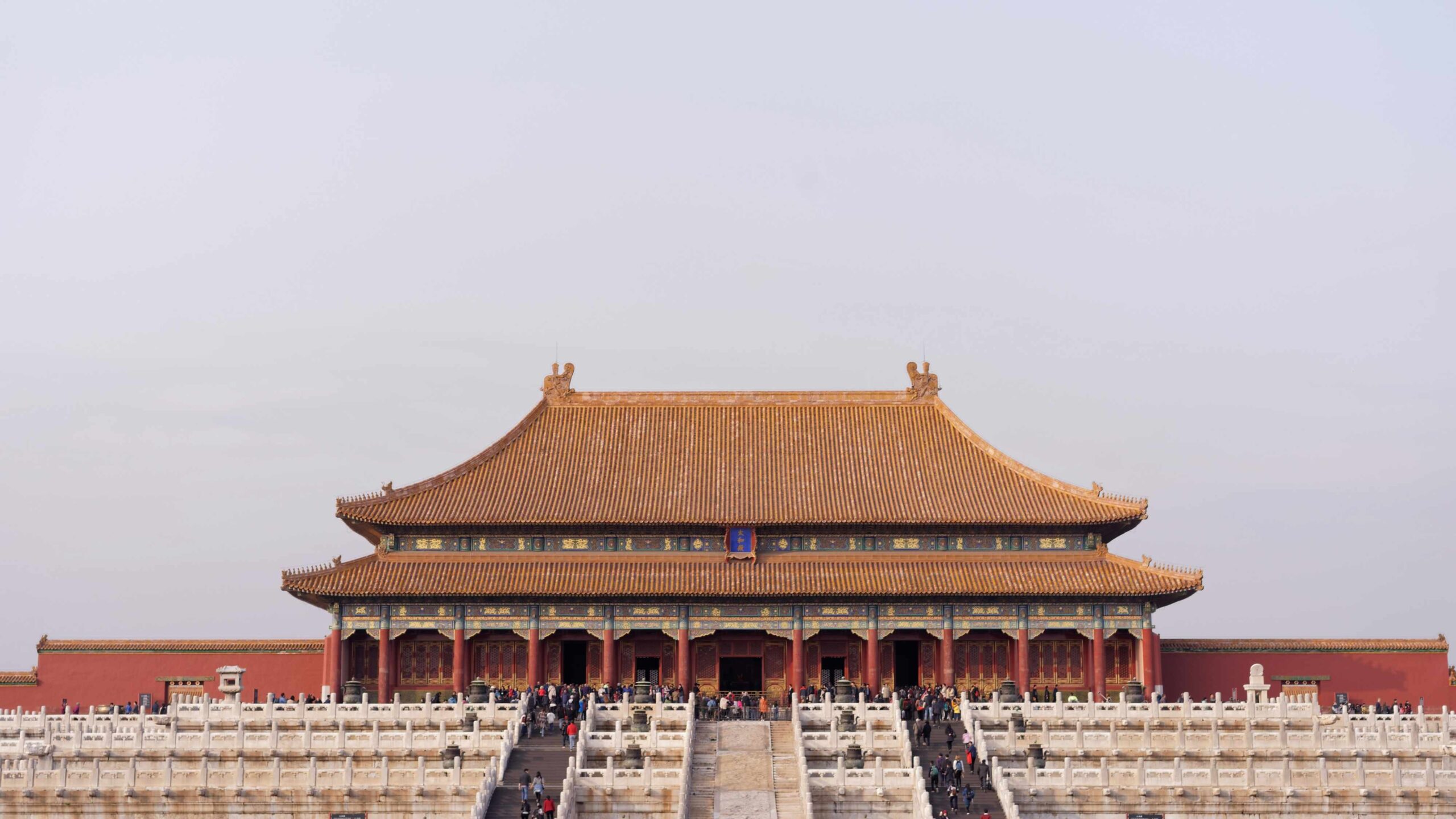
At the heart of Beijing lies the Forbidden City, the largest and best-preserved palace complex in the world. Constructed in the 15th century, it was home to 24 emperors of the Ming and Qing dynasties. Today, it is the Palace Museum, holding more than 1.8 million cultural relics. The golden roofs, ornate halls, and vast courtyards reflect imperial power and traditional Chinese design at its peak.
-
Temple of Heaven

The Temple of Heaven, built in 1420, was where emperors prayed for good harvests. Its layout represents the ancient belief in the harmony between heaven and earth. The Hall of Prayer for Good Harvests, with its blue circular roof, is an icon of Chinese architecture. Beyond the temple, the surrounding park is alive each morning with tai chi, calligraphy, and music, offering visitors a glimpse of Beijing’s living traditions.
-
The Summer Palace
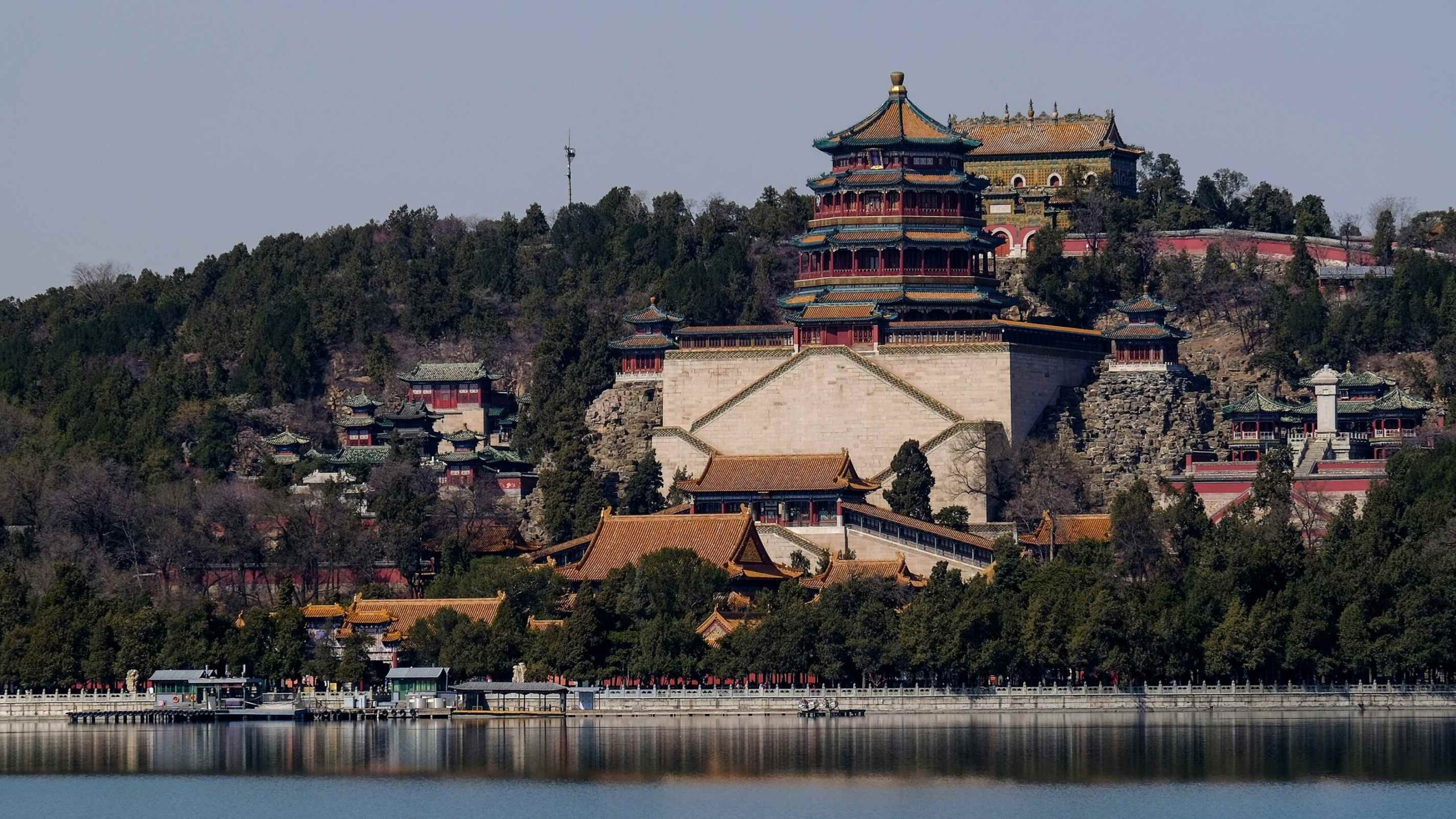
The Summer Palace is the best example of a Chinese imperial garden. Centered around Kunming Lake and Longevity Hill, it blends natural landscapes with intricate halls, bridges, and pavilions. A walk along the Long Corridor, a boat ride across the lake, and views from the top of Longevity Hill reveal the leisure lifestyle of the Qing emperors. The garden is a masterpiece of harmony between man and nature.
-
The Ming Tombs
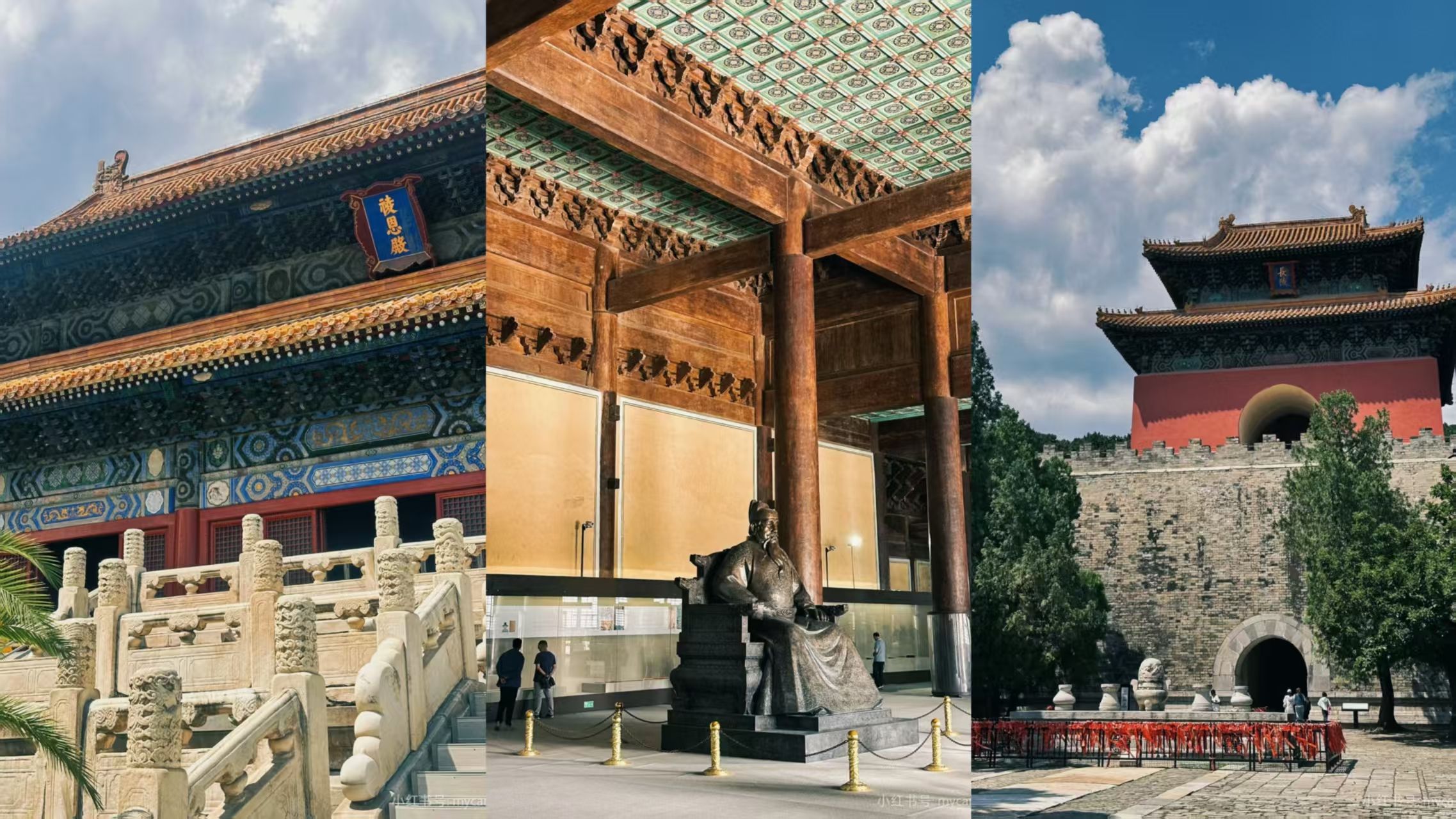
Set against the backdrop of Tianshou Mountain, the Ming Tombs are the resting place of 13 emperors. The sacred Spirit Way, lined with stone animals and soldiers, symbolizes the emperor’s journey to the afterlife. The underground palace of Dingling, excavated in the 20th century, allows visitors to witness ancient burial traditions. The site embodies the grandeur of imperial funerary culture.
-
The Great Wall (Beijing Sections)
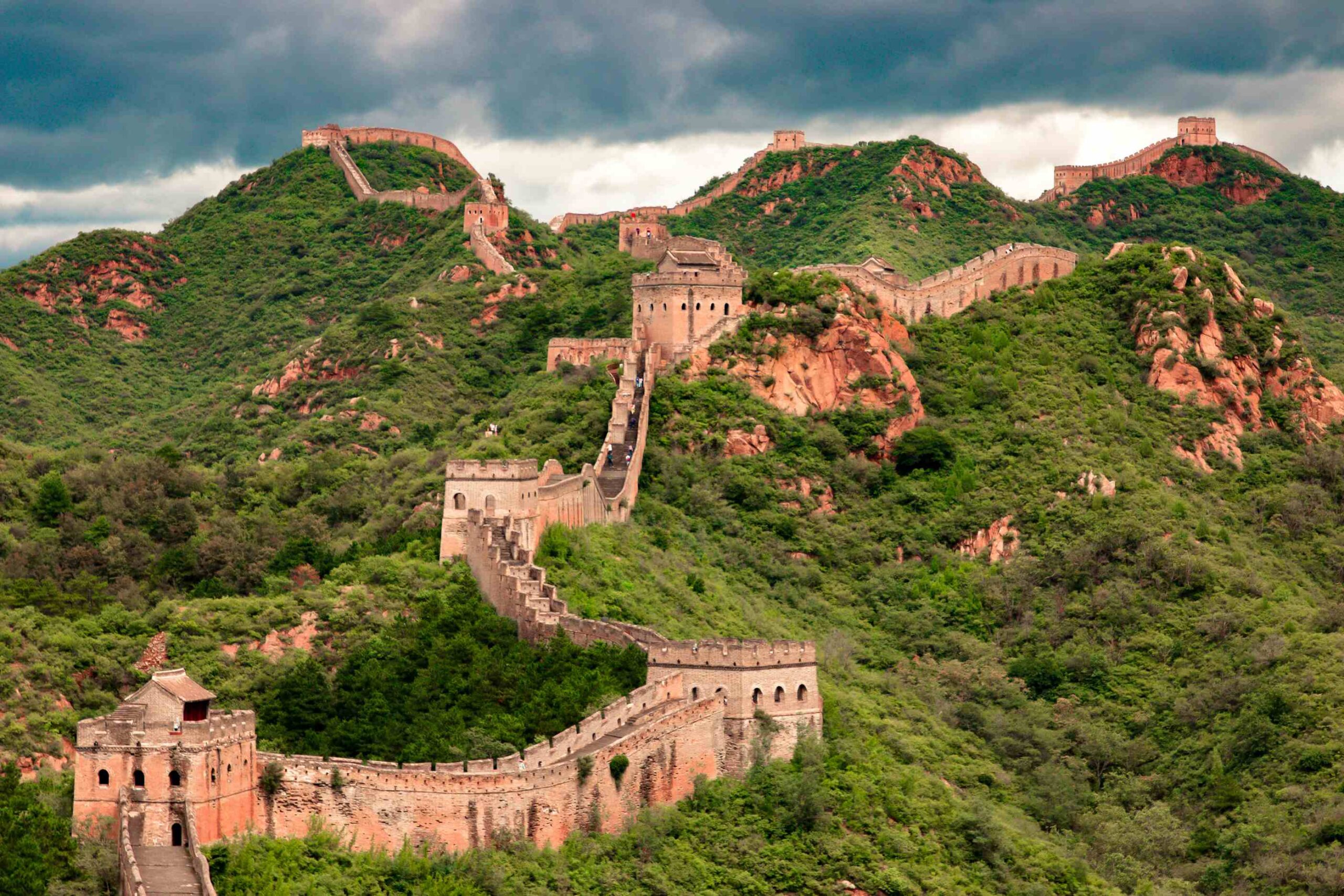
The Great Wall, one of the New Seven Wonders of the World, is Beijing’s most famous landmark. The Badaling section is the most accessible and historically significant, while Mutianyu offers fewer crowds and breathtaking scenery. Walking along the Wall provides unforgettable views of mountains and valleys, as well as insight into the military strategies that once protected the empire.
-
The Grand Canal (Beijing Section)
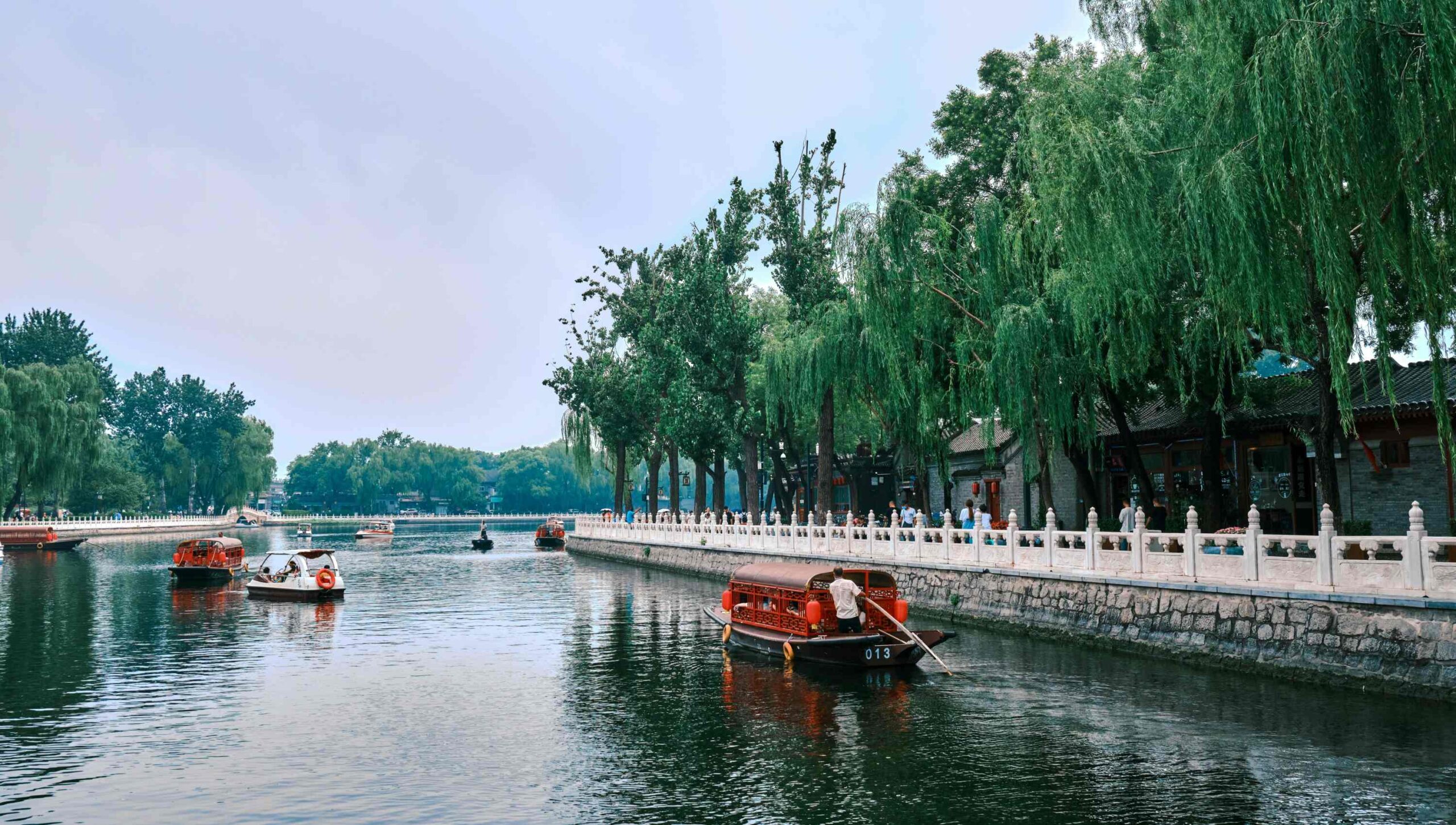
The Grand Canal, the longest artificial waterway in the world, connects Beijing with Hangzhou. In Beijing, its legacy is preserved around Shichahai and the Yuhe River. This area combines history with modern leisure, offering hutong tours, lakeside walks, and traditional courtyard residences. Once vital for trade and daily life, it remains a cultural heart of Beijing today.
-
Peking Man Site at Zhoukoudian

The Peking Man Site at Zhoukoudian, about 50 kilometers southwest of Beijing, is one of the world’s most important archaeological sites. Fossils discovered here, dating back 700,000 years, are crucial to the study of human evolution. Though less visited due to its remote location, it is a fascinating destination for those interested in prehistory and anthropology.
4–5 Day Beijing UNESCO Sites Itinerary
Day 1: The Forbidden City → Jingshan Park → Wangfujing Street
-
Morning: Start at the Forbidden City. Book tickets online in advance using your passport. Take subway Line 1 to Tiananmen East or West. Allow 3–4 hours to explore halls, gardens, and exhibitions.
-
Afternoon: Exit north to climb Jingshan Park for panoramic views of the palace rooftops.
-
Evening: Stroll along Wangfujing Street for dinner. Try Beijing roast duck at Quanjude or enjoy local snacks like candied hawthorn.
-
Tip: Large bags are not allowed inside the Forbidden City.
Day 2: Temple of Heaven → Hutong Tour → Grand Canal (Shichahai)
-
Morning: Visit the Temple of Heaven via subway Line 5 to Tiantan Dongmen. Join locals practicing tai chi before exploring the Hall of Prayer for Good Harvests.
-
Afternoon: Take a rickshaw tour of Beijing’s historic hutongs, then continue to the Grand Canal (Shichahai) for a boat ride or lakeside walk.
-
Evening: Enjoy noodles with soybean paste (Zhajiangmian) at a hutong restaurant, or relax in a teahouse overlooking the lake.
-
Tip: Ask before photographing locals in their courtyard homes.
Day 3: Summer Palace → Evening Opera or Tea Ceremony
-
Morning & Afternoon: Spend most of the day at the Summer Palace. Subway Line 4 to Beigongmen. Buy tickets online or at the gate. Don’t miss the Long Corridor, Marble Boat, and Kunming Lake. Allow 4–5 hours.
-
Evening: Watch a Peking Opera performance at Liyuan Theatre or enjoy a traditional tea ceremony.
-
Tip: Wear comfortable shoes—the Summer Palace is large and requires walking.
Day 4: Great Wall (Mutianyu or Badaling)
-
Morning: Depart early. Mutianyu is 1.5 hours by bus or car, Badaling about 1 hour. Shuttle buses and cable cars make access easier. Book tickets ahead during peak seasons.
-
Afternoon: Hike for 2–3 hours, enjoying spectacular mountain views. Mutianyu is quieter and good for families.
-
Evening: Return to Beijing and try hotpot, a favorite local dining experience.
-
Tip: Bring water, sun protection, and sturdy shoes. Respect barriers at steep sections.
Day 5 (Optional): Ming Tombs → Zhoukoudian Peking Man Site
-
Morning: Visit the Ming Tombs, about 50 km north. Explore the Spirit Way and Dingling underground palace. Bus tours or private transport are recommended.
-
Afternoon: Continue south to the Zhoukoudian Peking Man Site (about 2 hours by car). Visit the museum and excavation caves.
-
Evening: Return to Beijing for a farewell dinner—consider trying imperial-style cuisine.
-
Tip: Maintain quiet respect in tombs; photography may be limited.
Travel Tips for Visiting Beijing UNESCO Sites
Tickets & Reservations
-
Book in advance online: Major Beijing UNESCO sites like the Forbidden City, Temple of Heaven, and Summer Palace require timed-entry tickets, which can be purchased via their official websites or reliable travel platforms. During peak season (summer and national holidays), tickets may sell out quickly, especially for the Forbidden City.
-
ID or passport needed: Foreign travelers must use their passport number when booking tickets. Always carry your passport for on-site verification.
-
Great Wall tickets: For Badaling and Mutianyu sections, tickets can be purchased on-site, but online booking is recommended to skip lines. Cable car or shuttle bus tickets are separate from entrance fees.
Transportation
-
Subway and buses: Most UNESCO heritage sites in central Beijing (Forbidden City, Temple of Heaven, Summer Palace, Grand Canal/Shichahai) are easily accessible by subway. A rechargeable Yikatong transportation card or mobile apps like Alipay/WeChat Pay make travel simple.
-
To the Great Wall: Mutianyu and Badaling require about 1.5–2 hours’ travel. Options include official shuttle buses, private car hire, or organized day tours.
-
To the Ming Tombs & Zhoukoudian: Public transport is less convenient. Consider booking a private driver or joining a guided tour to save time.
Cultural Etiquette
-
Respectful behavior: Sites like the Temple of Heaven and Ming Tombs are not only tourist attractions but also sacred cultural heritage. Speak quietly, avoid stepping into restricted areas, and never touch ancient relics.
-
Photography: Allowed in most outdoor areas but restricted inside certain halls (e.g., Forbidden City’s main exhibitions). Always check the signs.
-
Dress code: While not strictly enforced, modest clothing is appreciated in sacred places. Comfortable shoes are recommended, as most UNESCO sites involve long walks.
Best Times to Visit
-
Spring (April–May) and Autumn (September–October): The most pleasant seasons with mild temperatures and fewer crowds, ideal for visiting multiple UNESCO sites.
-
Early morning or late afternoon: The Forbidden City and Temple of Heaven are less crowded right after opening. The Summer Palace and Great Wall are particularly beautiful at sunset.
-
Avoid peak holidays: Chinese New Year (Jan/Feb) and Golden Week (early October) bring large crowds, making visits less enjoyable.
Dining & Cultural Experiences
-
Near Forbidden City & Wangfujing: Try imperial-style dishes such as Peking duck, or sample local street food in Wangfujing Snack Street.
-
Near Temple of Heaven & Hutongs: Join a hutong food tour to taste Beijing noodles (Zhajiangmian) and traditional pastries.
-
At the Great Wall: Dining options are limited near Mutianyu and Badaling. Consider packing snacks or enjoying a countryside meal in nearby villages.
-
Evening cultural add-ons: After daytime UNESCO sightseeing, enjoy a Peking Opera performance at Liyuan Theatre or a Chinese tea ceremony in a traditional teahouse for a deeper cultural experience.
Further Reading about Beijing
1.Ultimate Beijing Subway Guide for Foreign Travelers(2025 update) 2.What to Eat in Beijing in 2025? Your Seasonal Food Guide 3.Beijing's Must-Pack Treats for Your Trip Home (2025)Exploring the Beijing UNESCO sites is more than a sightseeing trip—it is a journey through dynasties, beliefs, and traditions that shaped Chinese civilization!
